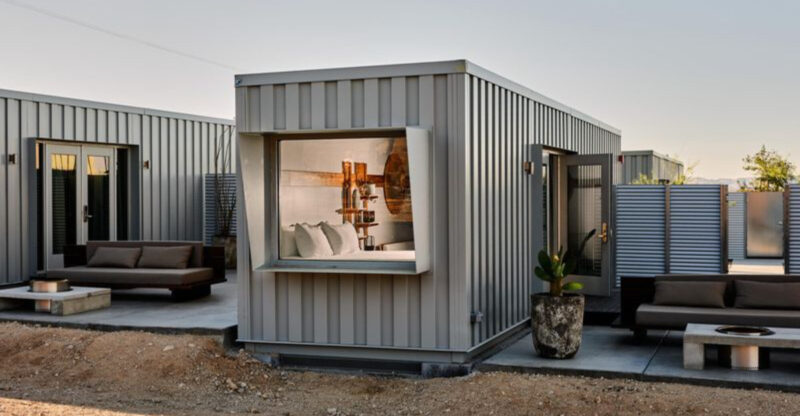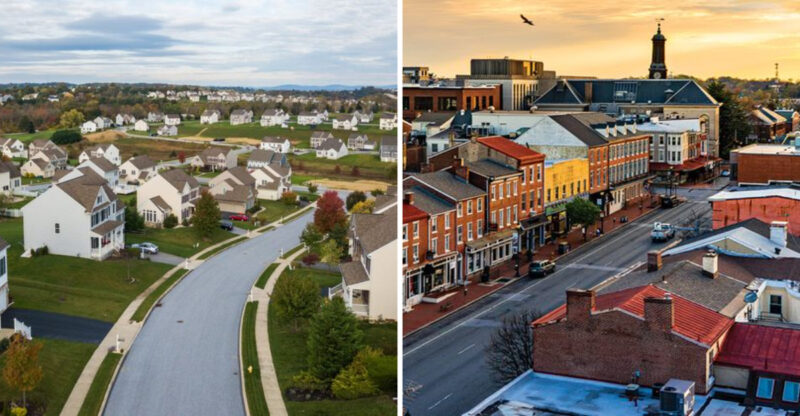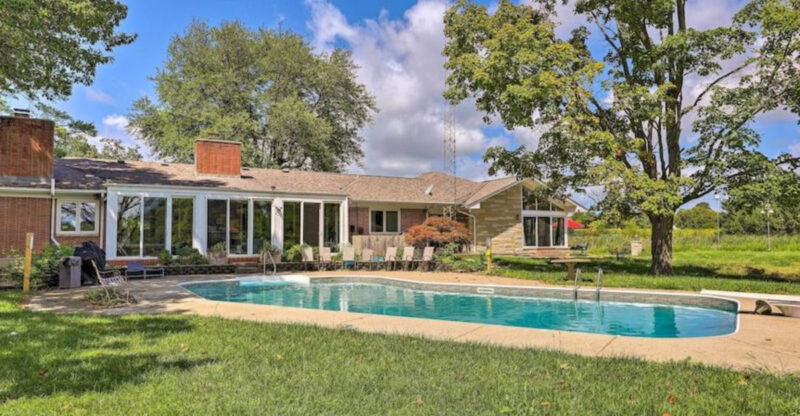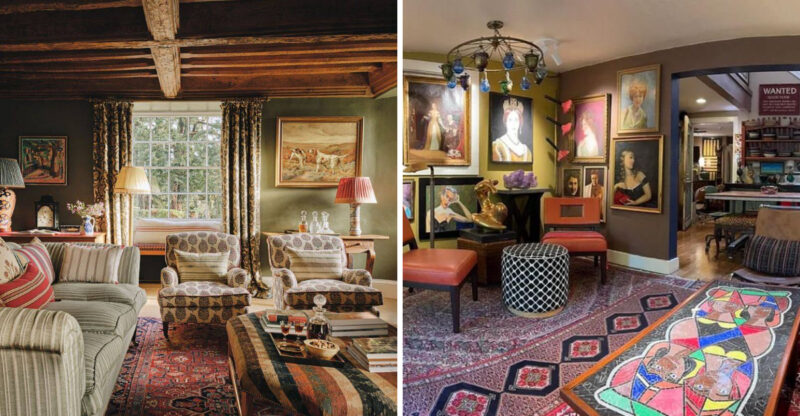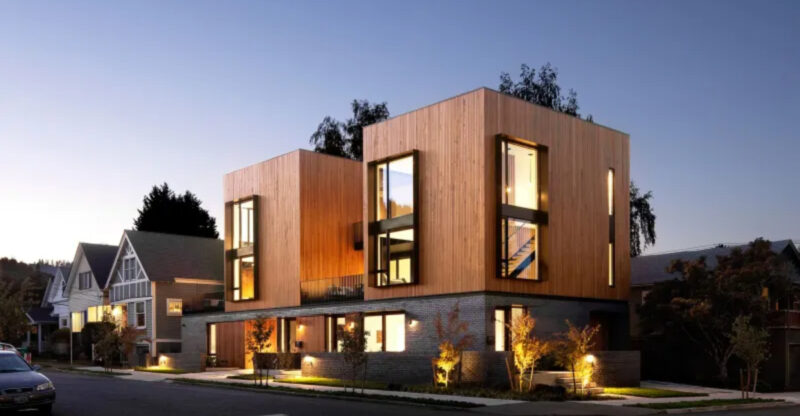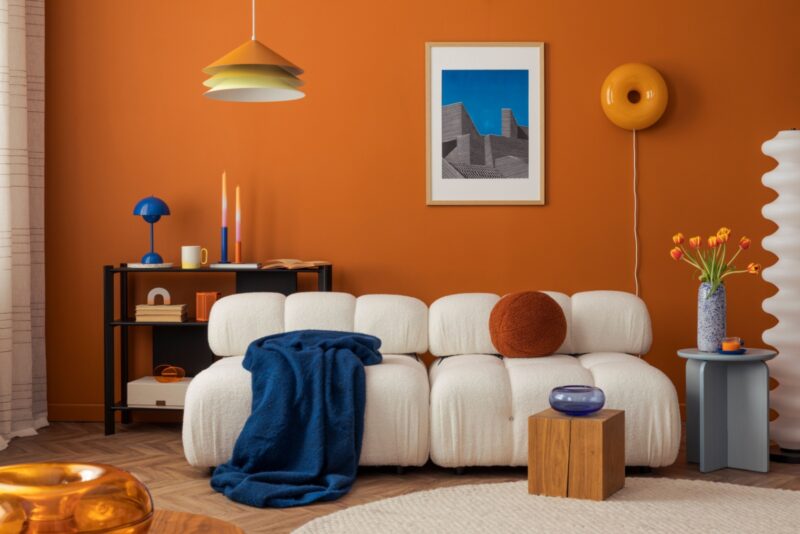12 Arkansas House Styles That Might Not Stand The Test Of Time
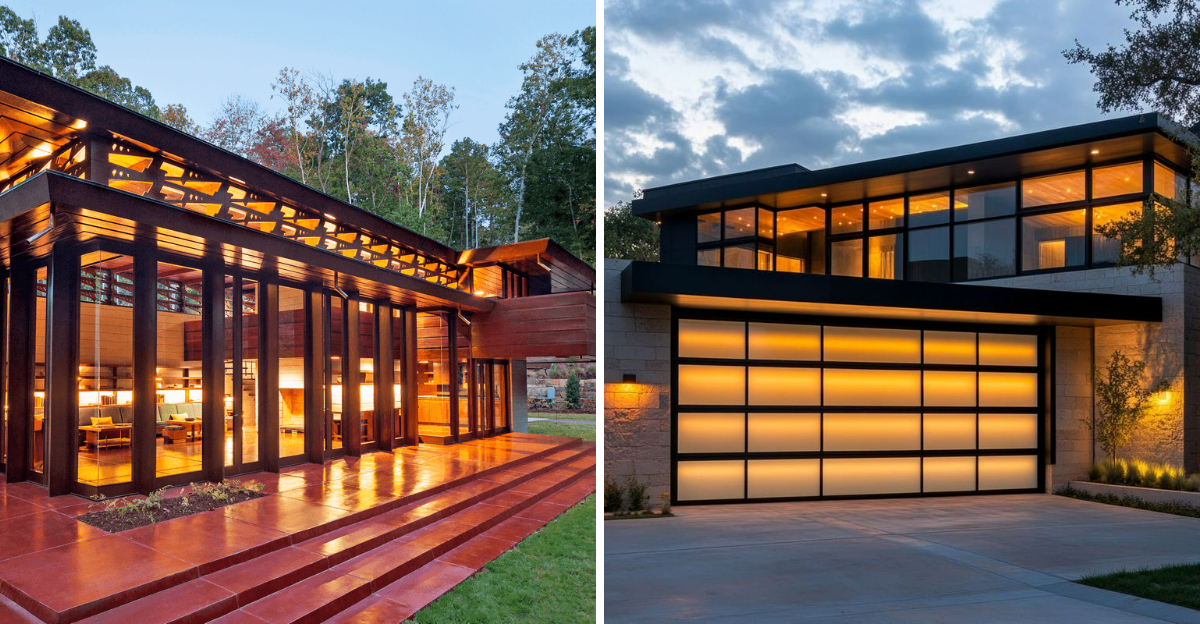
Arkansas homes reflect a fascinating mix of Southern tradition and modern experimentation. While some architectural choices become timeless classics, others might lose their appeal as tastes shift and trends evolve.
I want to share with you some house styles across the Natural State that could struggle to maintain their charm in the coming decades.
1. McMansion Hybrids with Mixed Materials
Oversized homes that try to be everything at once often end up being nothing special. I’ve noticed these sprawling structures popping up in newer Arkansas subdivisions, combining brick, vinyl, stone, and stucco in ways that feel more chaotic than coordinated. The result looks like several different houses got mashed together.
These homes lack the cohesive design that makes architecture memorable. When you mix too many materials without a clear vision, the house loses its identity. Future buyers might find these hodgepodge exteriors dated and difficult to update.
Simplicity tends to age better than complexity in home design.
2. Faux Tuscan Villas
Bringing Italian countryside vibes to the Ozarks seemed like a great idea in the early 2000s. Clay tile roofs, stucco walls, and arched entryways became status symbols in upscale neighborhoods. But Arkansas humidity and weather patterns don’t exactly match Mediterranean climates, making maintenance a constant battle.
The style feels disconnected from the region’s architectural heritage. I see these homes looking increasingly out of place as regional design makes a comeback. The ornate details that once seemed luxurious now read as trying too hard.
Authenticity matters more than imported trends when building something meant to last.
3. Ultra-Modern Glass Boxes
Walls of glass might photograph beautifully, but living in one tells a different story. I’ve watched homeowners struggle with Arkansas summers when their sleek glass boxes turn into greenhouses. The heating and cooling costs alone can be staggering, not to mention the constant battle with privacy and glare.
Minimalist architecture works wonderfully in some climates but fights against ours. These homes often lack the overhangs and shading that traditional Southern architecture wisely incorporated. What looks cutting-edge today may seem impractical tomorrow.
Function should never take a backseat to form in residential design.
4. Cookie-Cutter Vinyl-Sided Ranches
Driving through some Arkansas neighborhoods feels like experiencing déjà vu on repeat. Rows of identical ranch homes stretch endlessly, differing only in their vinyl siding color. I understand the economic appeal, but these mass-produced designs offer little personality or lasting value.
Vinyl siding seemed revolutionary for its low maintenance promises. However, it fades, cracks, and warps under Arkansas weather extremes. The material lacks the warmth and texture that give homes character and curb appeal over time.
Homes that blend into the background rarely become cherished landmarks worth preserving.
5. Oversized Garage-Dominant Facades
When garage doors become the most prominent feature of your home, something has gone wrong. I’m seeing more Arkansas houses where the triple-car garage takes up most of the front elevation, making the actual living space feel like an afterthought. This garage-forward design prioritizes cars over people in the most visible way.
Street appeal suffers dramatically when massive garage doors dominate. The home loses its welcoming quality and starts resembling a storage facility more than a family residence. Future generations might question why we valued vehicle space over architectural beauty.
Balance matters in creating facades that remain inviting across decades.
6. Artificial Stone Veneer Accents
Nothing screams early 2000s quite like those faux stone accent walls. I’ve watched countless Arkansas homes get these thin manufactured stone veneers applied in random patches, supposedly adding rustic charm. The problem is that fake stone rarely fools anyone, especially as it ages and the artificial nature becomes more obvious.
Real stone has weight, depth, and authentic variation that manufactured products can’t replicate. These veneer applications often look tacked-on rather than integrated into the design. As they weather poorly and crack, the budget-conscious choice becomes an eyesore.
Genuine materials almost always outlast their imitations in both durability and appeal.
7. Bargain Builder Specials with Cheap Fixtures
Quick-flip builders have flooded Arkansas markets with homes that look decent at first glance. But I notice the hollow doors, paper-thin walls, and bottom-tier fixtures that reveal their true quality. These houses prioritize profit margins over longevity, using the absolute minimum materials required by code.
Within just a few years, these homes start showing their age. Cabinet doors sag, floors creak, and the cheap finishes wear through. What seemed like a good deal initially becomes a money pit of constant repairs and upgrades.
Quality construction costs more upfront but saves headaches and money down the road.
8. Trendy Barn Door Everything
Sliding barn doors exploded in popularity, and suddenly they appeared everywhere in Arkansas homes. I’m talking bathrooms, closets, pantries, and even bedrooms getting the barn door treatment. While one statement piece might work, using them throughout a home feels like design overkill that screams a specific era.
Practical issues emerge quickly with this trend. Barn doors don’t seal sound or smells, making them poor choices for bathrooms. They require significant wall space and can’t be locked conventionally. What feels farmhouse-chic today will likely feel dated tomorrow.
Trends should be used sparingly rather than becoming the home’s entire identity.
9. Open Concept Taken Too Far
Knocking down every wall isn’t always the answer. I’ve toured Arkansas homes where the open concept went so extreme that there’s zero definition between spaces. Cooking smells permeate the entire house, noise travels everywhere, and there’s nowhere to escape for quiet or privacy.
Families need some separation between activities. Kids doing homework can’t concentrate when the TV blares from the undefined living area. Guests feel awkward when the messy kitchen is on full display during gatherings. Balance between openness and function creates better living spaces.
Some walls actually serve important purposes beyond just holding up the roof.
10. Fortress-Style Wrought Iron Overload
Security matters, but some Arkansas homes have gone overboard with wrought iron everything. I’m seeing ornate iron railings, window guards, door grilles, and fence toppers that make houses look more like prisons than welcoming residences. The heavy-handed approach feels defensive and uninviting rather than elegantly protective.
This fortress aesthetic creates psychological barriers between homes and their communities. Neighbors feel shut out, and the properties take on an unfriendly character. As neighborhoods evolve, these heavily fortified homes stand out for all the wrong reasons.
Thoughtful security measures work better than turning your home into an armed compound.
11. Awkward Bonus Room Additions
Growing families need more space, but tacking on rooms without proper planning creates architectural nightmares. I’ve seen countless Arkansas homes with additions that clearly don’t belong, featuring mismatched rooflines, different siding, and awkward proportions. These afterthought spaces disrupt the home’s original flow and curb appeal.
The problem compounds when additions ignore the home’s architectural style. A modern box attached to a traditional ranch house never looks intentional. Poor integration affects resale value because buyers immediately spot the Frankenstein quality of these modifications.
Thoughtful expansion respects the original design rather than fighting against it.
12. All-Beige Everything Interiors
Neutral doesn’t have to mean boring, but many Arkansas homes missed that memo. I walk into these all-beige spaces where walls, carpet, cabinets, and countertops blend into one monotonous sea of tan. The intention was probably creating a blank canvas, but the result feels more like a sensory deprivation chamber.
These colorless interiors lack personality and warmth. Without contrast or visual interest, rooms feel flat and uninspiring. As design trends embrace bolder choices and natural materials, these beige boxes increasingly feel like relics from a fearful, play-it-safe era.
Homes should reflect life and energy, not disappear into blandness.

